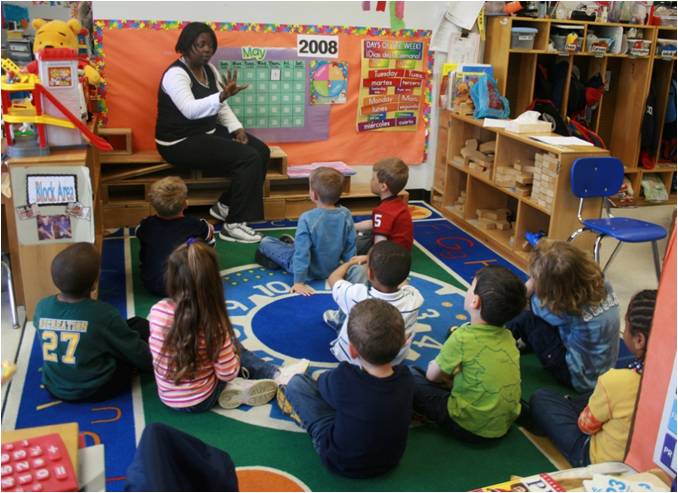Learning Disabilities - How do you detect them?
Learning Disabilities - How do you detect them?
 Detecting learning disabilities and disorders among children is not easy. If you suspect that your student has learning difficulties and may require special assistance, please do not delay in finding support. The sooner it is detected and treated, the better the child's chances for reaching his or her full potential.
Detecting learning disabilities and disorders among children is not easy. If you suspect that your student has learning difficulties and may require special assistance, please do not delay in finding support. The sooner it is detected and treated, the better the child's chances for reaching his or her full potential.
Learning disabilities are very different from one child to another. One child may struggle with reading and spelling, while another loves books but can’t understand mathematics. Yet another child may have difficulty understanding what others are saying or communicating out loud. The problems are very different, but they are all learning disorders.
It’s not always easy to identify learning disabilities. Because of the wide variations, there is no single symptom or profile that you can look to, as proof of a problem. However, some warning signs are more common than others at different ages. If you are aware of what they are, you will be able to catch a learning disorder early and be able to quickly take steps for the child’s help.
The following list displays some common indications for learning disorders. Remember that children who don’t have learning disabilities may still experience some of these difficulties at various times. The time for concern is when there is a consistent unevenness in the child’s ability to master certain skills.
Signs and symptoms of learning disabilities - Preschool
-
Problems in pronouncing words.
-
Trouble in finding the right word.
-
Difficulty in rhyming
-
Trouble in learning the alphabet, numbers, colours, shapes, days of the week.
-
Difficulty in following directions or learning routines.
-
Difficulty in controlling crayons, pencils, and scissors or colouring within the lines.
-
Trouble with buttons, zippers, snaps, learning to tie shoes.
Signs and symptoms of learning disabilities - Ages 5-9
-
Trouble learning the connection between letters and sounds.
-
Inability to blend sounds to make words.
-
Confusion with basic words when reading.
-
Consistently misspelling words and making frequent reading errors.
-
Trouble learning basic math concepts.
-
Difficulty in telling time and remembering sequences.
-
Slow in learning new skills.
Signs and symptoms of learning disabilities - Ages 10-13
-
Difficulty with reading comprehension or math skills.
-
Trouble with open-ended test questions and word problems.
-
Dislike for reading and writing; avoiding reading aloud.
-
Spelling the same word differently in a single document.
-
Poor organisational skills (bedroom, homework, desk is messy and disorganised).
-
Trouble following classroom discussions and expressing thoughts aloud.
-
Poor handwriting





















